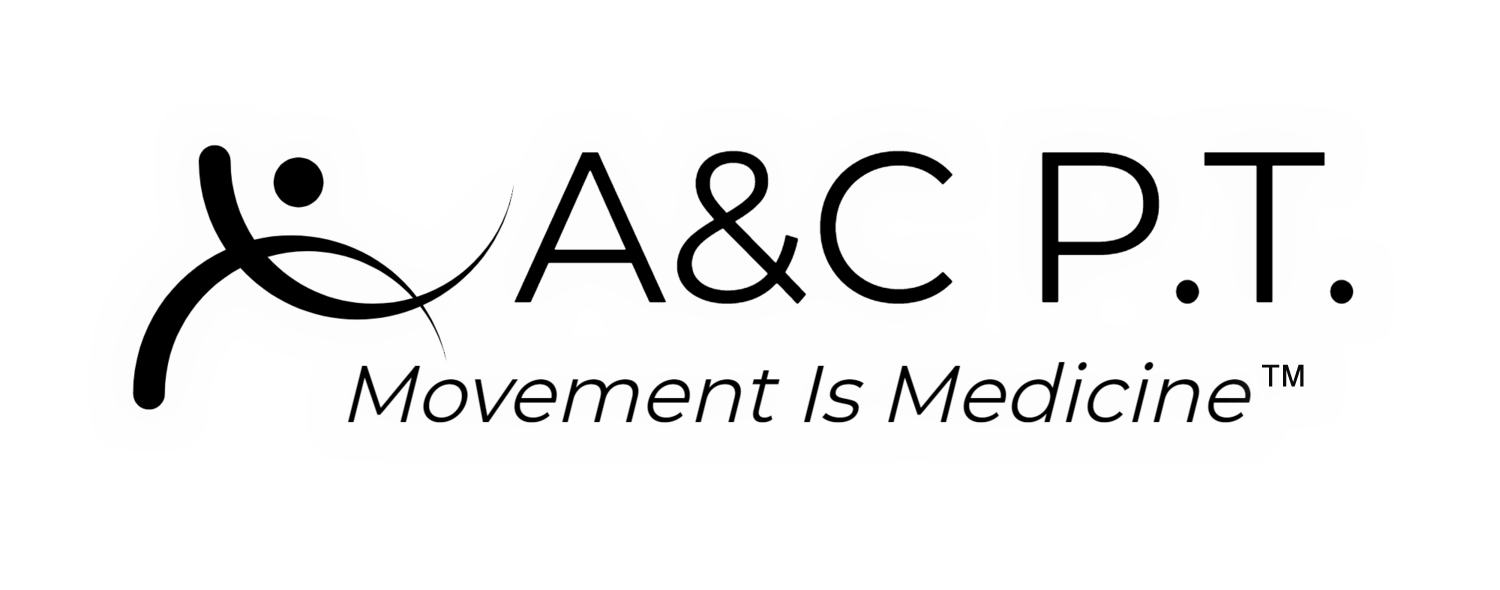P.T. Treatment for Temporomandibular Joint Dysfunction
Temporomandibular joint (TMJ) dysfunction refers to a variety of disorders that affect an individual’s jaw and surrounding structures. These problems can stem from within the joint itself, facial nerves, or the supporting muscles and nearby joints of the upper neck.
Symptoms of TMJD:
• Pain with chewing, yawning, or talking
• Clicking or popping sensations in the jaw
• Pain or headaches near your temples
• Vague ear pain or earache
• Locking sensation or inability to open/close the mouth
““Any physical obstacles I’ve encountered as I age, Sarah and Noal have helped me through shoulder issues, wrist, and TMJ pain. I am grateful and lucky to have them on my team of health professionals!””
How can physical therapy help with TMJ pain?
Conditions affecting the TMJ are often multi-factorial, and your physical therapist can help you craft a holistic plan to best manage your pain.
One of the most common interventions is an intra-oral examination and mobilization of the TMJ and the muscles of mastication (the muscles that help to coordinate chewing). It is also important to optimize mobility of the neck through manual therapy and therapeutic exercise. TMJ dysfunction is frequently associated with posture and stress, so additional lifestyle modifications to suit your individual needs are essential components of treatment.
If you suffer from jaw problems, know that our physical therapists at Anderson & Cattone P.T. are equipped with the tools to help you reduce the pain and improve your quality of life. Skilled manual therapy and use of the NeuFit Neubie are highly effective at reducing the pain.
Learn more about how physical therapy can help TMJ pain (TMJD).

